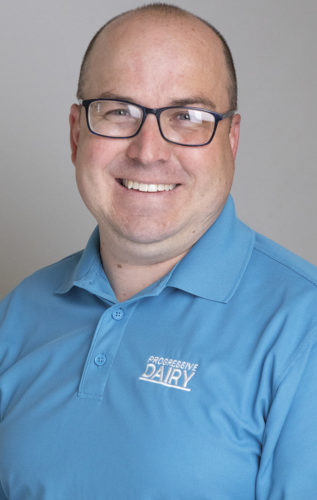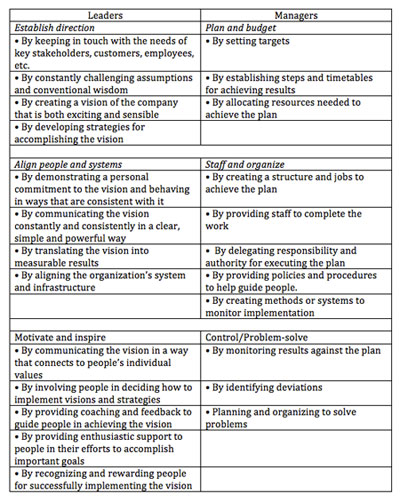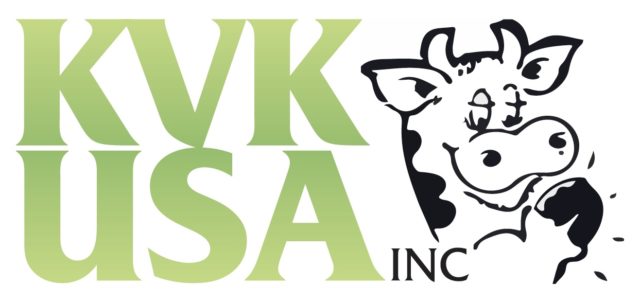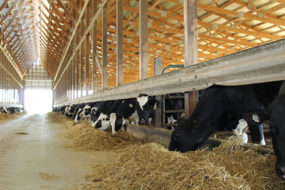Dairy producers and industry consultants attending Professional Dairy Producers of Wisconsin's Managers Academy heard from business management expert Dr. Allan Gray as part of the annual three-day training event. Gray sought to distinguish for the more than 80 dairy owners, managers and consultants in the room the difference between leadership and management. Click here to see photos from the event.
"I don't want you to think of leaders as Donald Trump, Lee Iacocca or Dwight Eisenhower," Gray said. "Of course, they were leaders. But I want you to think of your own operation and ponder about the common leader."
Gray reminded the audience that great leaders accept responsibility in the first person –"I didn't do that" –and congratulation in the third-person – "We did that."
This level of self-awareness is what produces great leadership, he said. He quoted Steven Covey and the authors of The Leadership Challenge, Jim Kouzes and Barry Posner, to illustrate the point: "The mastery of the art of leadership is the mastery of self. Ultimately, leadership development is self-development," the two authors wrote in their book published in 1987.
Leadership vs. management
Gray said deciding when to lead and when to manage is the most difficult task for small business owners, including dairy farmers.
"Ag businesses don't have CEOs who spend their time leading and COOs who spend their time managing," Gray said. "And for most small business owners, our natural instinct is to manage."
Gray asked the group to evaluate how much time they spend in an average week on leadership tasks versus management ones.
He suggested leading and managing are different in three main applications: communicating vision, staffing/human resources and getting things done.
Oftentimes, he said, the thought process required to lead may conflict with the one required to manage. (See Table 1.)
Click here or on the image at right to download a PDF of this table.
However, he made sure to iterate that both are necessary for business success with a quote from John Kotter:
"Leadership compliments management; it doesn't replace it."
When it comes to vision, Gray suggested that leadership means establishing direction while management usually equals planning and budgeting.
Editor's note: Questions and statements provided in parenthesis are the author's suggestions and not Gray's.
A visionary leader, he said, constantly challenges assumptions and conventional wisdom (Is my nutritionist helping me achieve the greatest IOFC possible?).
A goal-minded manager will establish steps and timetables for a specific objective and then allocate resources to achieve it. (We need to buy corn today to meet our desired goal for IOFC.)
Next, when it comes to human resources, leaders demonstrate vision through their own actions. (I'm going to be to work five minutes before the first milking shift.)
Managers, Gray said, delegate responsibility to specific employees or mid-level managers and create policies to help guide those employees. (Employees tardy for the beginning of their shift more than than three times will be fired.)
Finally, to get things done, Gray said leaders will provide coaching and feedback and cheerlead their employees toward the company's vision. (I'll hold a team meeting each month to encourage higher milk quality.)
Managers, on the other hand, monitor results to identify deviations from trend lines and problem solve to correct them. (You record and post actual milk quality scores on a graph each month.)
Gray said that what great business executives do is build the collective capacity to create results that matter now (managing) and in the future (leading).
"Leaders do something special for other people," Gray said. "They provide the space for people to become more than they thought they can be."
Managing the Land O'Lakes way
Gray illustrated leadership by explaining an agricultural company's management framework he's familiar with – the Land O'Lakes' model. It's four main tenants are: act with integrity, mobilize talent, deliver results and shape the future.
Act with integrity
Gray said integrity as a leader or manager boils down to: "Do what you said you were going to do."
Gray told a story from his family's farm in Texas to illustrate how farmers can build the cornerstone of integrity – trust. He recalled how the farm hired a man who frequently never finished a task and went home by 4:30 in the afternoon.
Looking back, Gray said it wasn't because the employee was lazy, but rather that the farm didn't trust him.
When equipment would break down or he'd need more materials, the hired man had to stop because the farm didn't trust him with the checkbook to go into town and buy what he needed.
"Great leaders start with the assumption that people are good."
Mobilizing talent
Gray said producers should consider Jack Welch's wisdom this topic:
"Before you are a leader, success is all about growing yourself. When you become a leader, success is all about growing others."
He suggested producers avoid the challenges of motivating subpar employees by investing time to "make good hires of great people."
Deliver results
Gray retold his recent experience observing a change in leadership at his employer – Purdue University – to illustrate how leaders should approach delivering results. Former Indiana Gov. Mitch Daniels was installed recently as Purdue's new president.
Gray retold how Daniels approached the university's board of trustees and said: "I'm going to hold myself accountable for results."
His plan to hold himself accountable was to have a portion of his pay is linked to performance in eight specific categories. The proposal is unique among higher education presidents.
Shape the future
Gray reminded producers that no one can predict the future and that the best leaders prepare for it by trying new things.
"Leaders try new things. That's how they figure out the future," Gray said. "A leaders' goal should be to learn to fail fast and fail cheap at doing new things."
Gray said the faster a leader learns what doesn't work the sooner he or she will find out what does. In summary, Gray said leadership is best learned by a conscious trial-and-error method.
"Leadership is something you practice, practice, practice. It's not something you read about in a book and then become a leader." PD

Walt Cooley
Editor
Progressive Dairyman magazine






